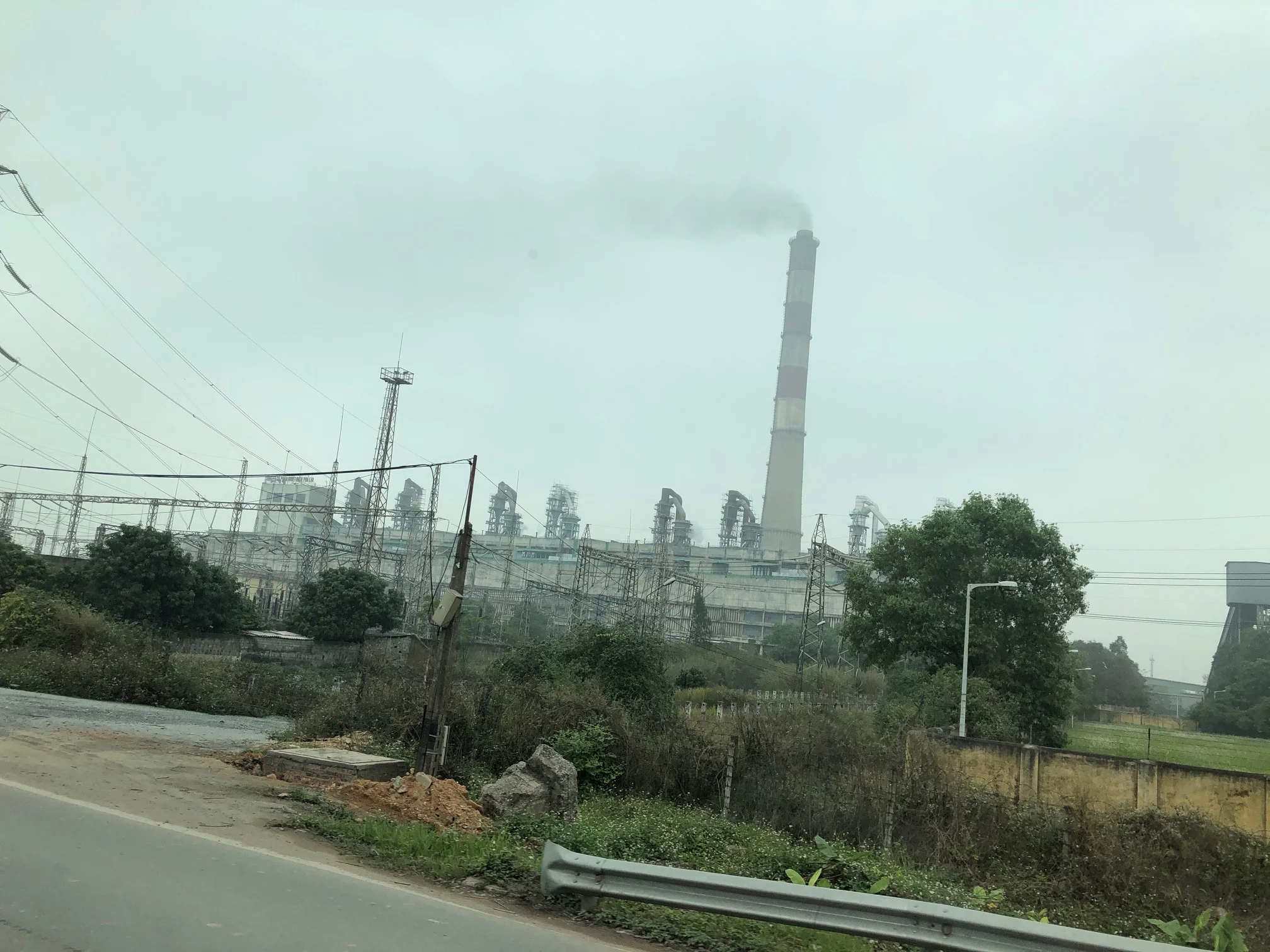If you were asked to identify the biggest problem facing the United States today, what would be your answer? I think that the answer is obvious: out-of-control entitlement spending that threatens to bankrupt the country.
Reasonable people might differ about this assessment. For example, some might cite the threats posed by international strategic adversaries, like China or Russia or Iran. Or the threat of a rogue power like North Korea or Iran getting, and maybe using, nuclear weapons. I’m not saying that these aren’t serious problems, but just that there’s not much that can be done about them that we aren’t already doing. Also, I don’t think the chances of any of these guys doing something really stupid, like launching an unprovoked nuclear strike, are very high.
By contrast, the entitlement funding problem is gigantic, and obvious, and by no means imaginary, and currently nobody is doing anything about it whatsoever. The bonded national debt — currently around $20 trillion and about 100% of annual GDP — is often cited as a big problem. But the unfunded future liabilities of the Social Security and Medicare programs are far higher. The 2018 Trustees’ Reports for the Social Security and Medicare programs put their 75-year unfunded liabilities at approximately a combined $50 trillion (approximately $13 trillion for Social Security and $37 trillion for Medicare). And many analysts give credible reasons why those figures represent substantial low-balling of a much bigger problem. For example, James Capretta of the American Enterprise Institute, in a June 2018 post following release of the Trustees’ Reports, points to highly optimistic assumptions about ability to control future Medicare costs (“the Medicare projections assume deep, permanent, and ongoing cuts in payment rates for physicians and hospitals that are difficult to believe will be implemented”), as well as equally optimistic birth rate assumptions. Other credible observers think the shortfalls, particularly on the Medicare side, could easily be double or more the government’s official projections. For example, from Michael Tanner of the Cato Institute in 2015 (“[I]f we return to double digit health care inflation, we could see Medicare’s liabilities swell to more than $88 trillion.”).
You may recall that President George W. Bush made a serious effort at least to begin to address this problem. During his first term, he appointed a Commission to come up with some solutions on the Social Security side, and the Commission proposed a series of reforms. None of them went anywhere in Congress. W did not try again in his second term. President Obama, and now President Trump, have showed no interest in this subject.
Anyway, I mention this subject today because not only is nobody paying any attention whatsoever to the huge problem, but over on the Democratic side, with the 2020 presidential sweepstakes just getting started, there has suddenly erupted some kind of a bidding war as to who can offer the most grandiose and completely impossible set of proposed expansions to the existing entitlement state.
It was Bernie Sanders, of course, who laid down the original marker for the bare minimum list of new entitlements for a true “progressive” Democrat to embrace. Bernie’s list in his campaign for the 2016 nomination included the following:
Medicare for all.
Social Security benefit increases
Infrastructure program
College affordability (free tuition for all!)
New paid leave fund
Bolster private pension funds
Youth jobs initiative
In a September 2015 article, the Wall Street Journal put a ten-year price tag on that list of $18 trillion. Others put the figure at $30 trillion or more. Whichever it is, Bernie’s list has turned out to be merely the small opening bid in what is quickly becoming a much grander game.
Credit new “it” Congressperson Alexandria Ocasio-Cortez with launching the advocacy for what she calls the “Green New Deal.” We’ll eliminate all fossil-fuel energy within 10 years! With government spending and subsidies tossed out left and right, of course. Next thing you know, the presidential candidates are lining up to get on the bandwagon: Elizabeth Warren, Cory Booker, Beto O’Rourke, Kamala Harris. Do any of them have a clue how much this might cost, let alone how it could be engineered? Not a chance. A recent study by Roger Andrews at the site Energy Matters put the cost of batteries alone for a wind/solar/battery system just for California at about $5 trillion. Multiply by about 8 to get a cost for the full U.S.: $40 trillion. As you know from your cell phone, the batteries would need to be replaced every few years. The cost of the wind turbines and solar collectors is extra.
Where to from here? Ms. AOC is never short of other bright new ideas. How about “Housing as a human right”? She must be inspired by the great “success” of the New York City Housing Authority — an infinite sink for about $2 billion a year in federal funds and in desperate need of some $30 billion for capital repairs. Multiply those numbers by about 30 if you want to replicate on a national scale. Oh, and the 170,000 units of NYCHA housing somehow never make a dent in the “homeless” problem.
And then there is the proposal for “reparations” for black Americans, most prominently pushed by Representative Maxine Waters. She has recently become the Chair of the House Financial Services Committee. Any price tag for that? It’s whatever you want it to be. Make your bid!
These are people who talk endlessly about “sustainability.” They just have a different definition of the word than I do.

